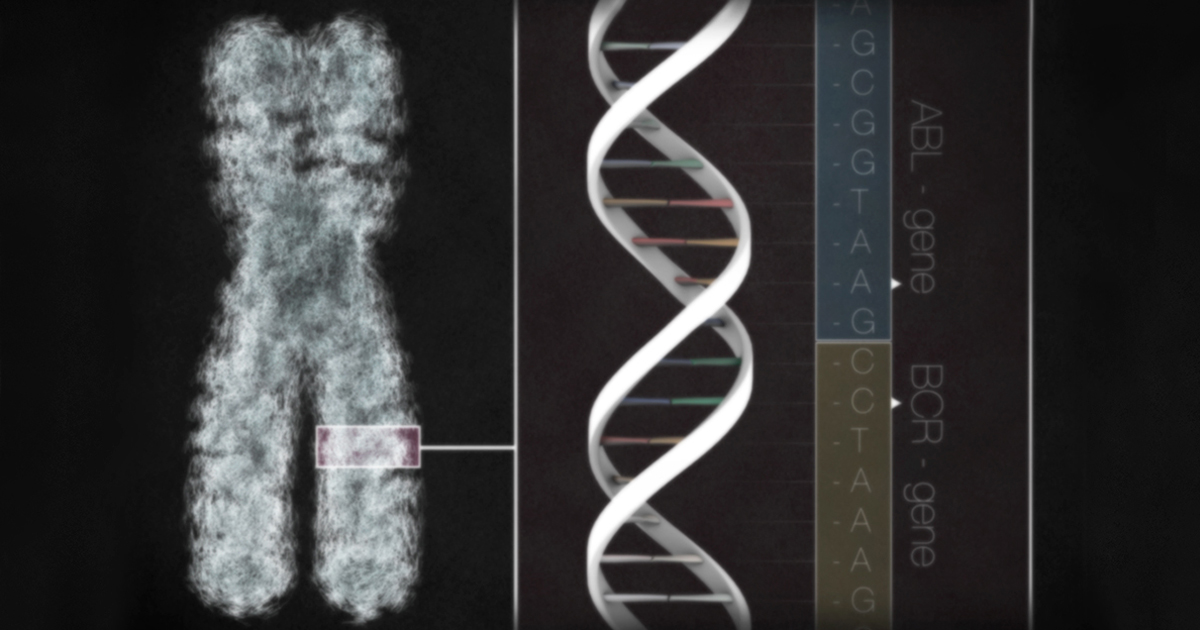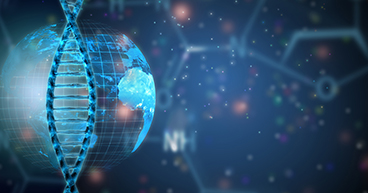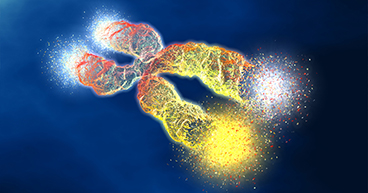
Breakthroughs in genetics and genomics have led to major advancements in cancer treatment and prevention. Genetic testing, for instance, may identify hereditary genetic mutations that may increase patients’ cancer risk. That information may help patients considering prophylactic steps to prevent cancer or help doctors diagnose cancer in its early stages. Advanced genomic testing may allow doctors to identify DNA mutations in cancer cells and better match targeted therapy drugs to attack those mutations.
But what if doctors could not only find cancer-related DNA mutations, but repair them at a genetic level? That’s the theory behind CRISPR, a breakthrough technology in genetics that has generated scores of news headlines and sparked a buzz among scientists and doctors. CRISPR has been called a “game-changing” gene-editing technique and one of the “biggest science stories of the decade.” But it also has prompted calls for cautious optimism as scientist determine its full potential to treat cancer and other diseases. “There is uncertain potential for CRISPR as a cancer treatment,” says Maurie Markman, MD, President of Medicine & Science at Cancer Treatment Centers of America® (CTCA).
WHAT IS CRISPR?
- CRISPR stands for clustered regularly interspaced short palindromic repeats.
- CRISPR is part of the immune system, which defends the body against viruses.
- The enzyme used to cut DNA is called Cas9. Therefore, CRISPR’s formal name is CRISPR-Cas9.
So how can something that sounds like a kitchen appliance be used to edit genes and potentially treat disease? CRISPR works by targeting stretches of faulty DNA, unraveling a piece of the damaged DNA and cutting it using an enzyme called Cas9. The unraveled sequence is matched to a strand of compatible RNA and rewoven into the DNA strand. Scientists theorize they can manipulate Cas9 to cut sequences of faulty DNA and introduce specific RNA spans to finish the repair. Scientists say the repair process using CRISPR is faster and more accurate than other gene-editing methods used before. This allows researchers to study potential therapies more quickly. “The primary advantage of CRISPR is its ability to easily edit the genome in a precise fashion,” says the National Cancer Institute’s Ji Luo, Ph.D.
Multiple studies have been launched to determine whether CRISPR can be used to repair DNA mutations in cancer cells or manipulate cells to attack tumors:
- Researchers at Harvard Medical School theorize that cancer cells that have strayed from their primary tumors can be re-engineered by CRISPR to return home as attack cancer cells and shrink or destroy the tumor. The researchers have reported positive results in mice with brain and breast cancer.
- Scientists at the University of Pittsburgh’s School of Medicine are using CRISPR to edit so-called “fusion genes” that can cause cancer. Fusion genes are created when features from two different genes join to form a single abnormal gene that can cause or promote cancer. One such fusion gene is known as the Philadelphia chromosome, which forms when pieces of two chromosomes break off and trade places, forming the defective gene. This gene is associated with chronic myeloid leukemia.
- Several studies are exploring ways CRISPR may make immunotherapies more effective. Doctors at Memorial Sloan Kettering, for example, report that T-cells edited by CRISPR into super immune cells using proteins called chimeric antigen receptors (CAR) produced positive outcomes in early trials. These receptors allow T-cells to better identify and attack certain cancer cells. CAR T-cell therapy was first approved to treat blood cancers last year.
WHAT'S THE DIFFERENCE? DNA AND RNA:
- DNA is deoxyribonucleic acid. It is made from the sugar deoxyribose.
- RNA is ribonucleic acid. It is made of the sugar ribose.
- DNA is double stranded and twisted into the classic double-helix shape. It has millions of so-called base pairs made of nucleotides, the molecules that connect the two strands (like rungs on a ladder).
- RNA is made of a single strand and may only have hundreds or thousands of nucleotides that are not paired.
- DNA carries the genetic code of a living thing.
- RNA executes the DNA code. Various types of DNA create proteins and deliver messages and instructions to cells.
- DNA is found in a cell’s nucleus.
- RNA can be found throughout a cell.
But just as a correcting a gene mutation may help treat cancer, some edits have been found to cause genomic mutations in some cells that scientists fear may cause cancer. According to an article in the journal, Cancer Discovery, scientists discovered that using CRISPR to edit DNA in one part of a DNA strand may cause “inversions, insertions, and other genomic damage” in other parts of the strand. “The concern with CRISPR in the treatment of cancer or other conditions is for an ‘off-target’ effect, where genes are modified, which may ultimately result in the development of cancer,” Dr. Markman says.
Besides its potential as a cancer treatment, scientists suggest CRISPR may lead to treatments for amyotrophic lateral sclerosis (ALS), also known as Lou Gehrig’s Disease, blindness and several other diseases and conditions. Researchers also theorize that CRISPR could be used to correct inherited DNA mutations in human embryos, a concept that has spurred debate about potential abuses and the ethics of manipulating human genes.
While CRISPR is a long way from being practically applied as a treatment for any disease, its development demonstrates the strides scientists have made in understanding how DNA mutations may lead to disease and the potential to repair those mutations. “Inserting a gene is quite promising as a strategy to correct a specific genetic error,” Dr. Markman says. “But how this technology may be employed in cancer care still needs to be defined.”



